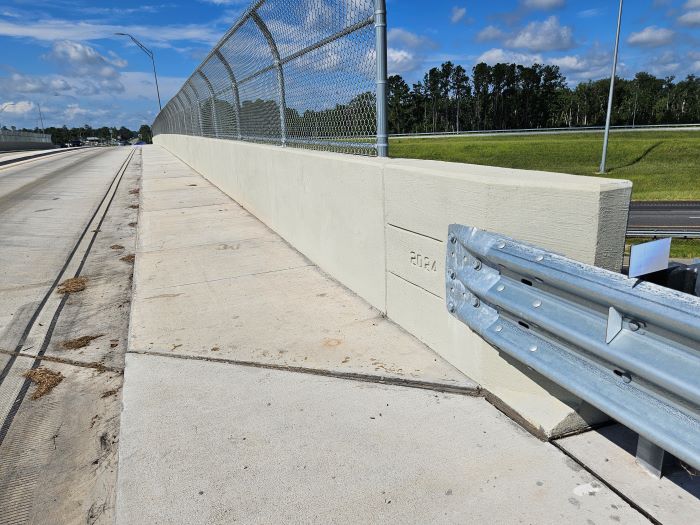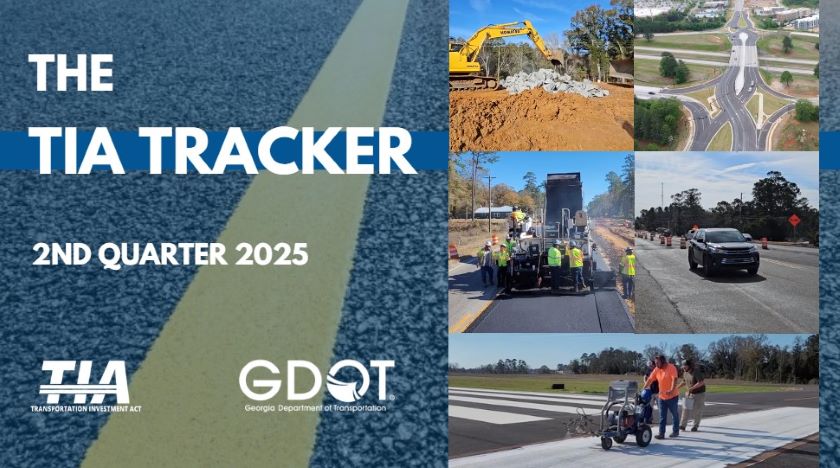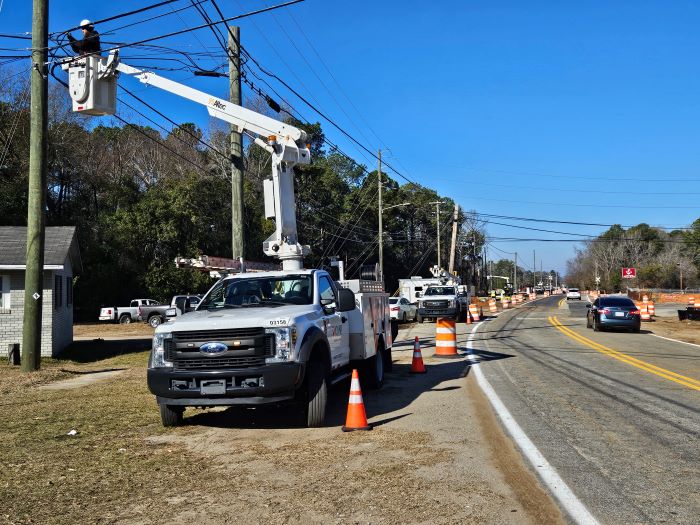One by one, interstate interchanges in Georgia that handle heavy traffic are being converted from the traditional 'interstate off-ramps to signage or traffic signals' layout to the newer 'interstate off-ramps to roundabouts' plan. The Interstate 75 interchange at SR 31/Madison Highway is the latest to make the change. After a couple of years of major construction, contractors have completed most tasks on this project with only some signage and 'clean-up' punch list items left to wrap up.
When hearing about these sorts of projects, the first thought most Georgians have is, 'Why? Everyone understands the old interchange style, so won't this confuse drivers?' The answer is simple. This interstate conversion is being done at busy locations because the data is clear: roundabouts that connect off-ramps to the intersecting roadway are safer and traffic is more efficient than those with signage or signals at the off-ramps. Drivers must slow down and pay attention to maneuver through the roundabouts, yet traffic keeps moving so there's no lineup of vehicles on the ramps.
In addition to those two key benefits to the 'roundabout interchanges,' Georgia DOT engineers made multiple additional improvements at the site. Let's take a look at a number of them, so that you can rest assured that this newly-remodeled interchange will be easy and safe to drive through.
Contractors completely replaced the older bridges at this site with one larger structure with a concrete median, enabling them to stay within the original structure's 'footprint.' Motorists will notice that the on- and off-ramps have been widened to allow for today's (and the future's) larger trucks and restriped for better visibility, especially during the overnight hours or bad weather.
Georgia DOT engineers are often asked, 'Why do you all include sidewalks throughout interstate interchanges and fencing on the overpasses?' It's state policy to include these features at interchanges, which fall into the unofficially-named 'Safety Measures Just In Case' category. There are valid reasons why a pedestrian might need to walk through an overpass and designers need to ensure that they have secure facilities, just as they do for people in vehicles.
As for the roundabouts themselves, they've been in use for a few months already and motorists are handling them well. People who wondered how large semi-trucks would handle the curves around the masonry-and-concrete medians need not worry, as most truck drivers are doing fine - and if they do have difficulty, the center medians were designed with slanted concrete edges. Tires that accidentally run over an edge will easily roll over it.
The approaches to the overpass from SR 31/Madison Highway were also modified. The roadway was widened on both ends, resurfaced and then reconfigured and lanes repainted to move traffic properly through the altered interchange. Traffic in both directions was separated by medians - concrete on the west end and grassed with curb and gutter on the east end - for added safety.
Georgians all over the state will likely see more 'roundabout interchange' construction projects as commercial trucks get larger and traffic numbers grow over time. Lowndes County motorists are adapting to the changes somewhat early in the history of Georgia's use of the layout. The benefits documented at this location will perhaps persuade leaders in other counties to consider their own interchange conversions, improving traffic safety and efficiency in other regions. Managing traffic with new designs and facilities is just one of the ways Georgia DOT is making good on its mission statement: Delivering a transportation system focused on innovation, safety, sustainability and mobility.


































